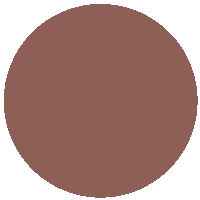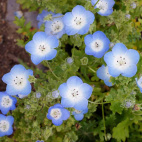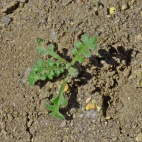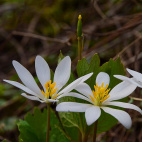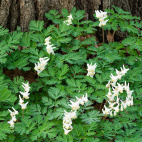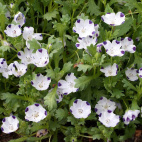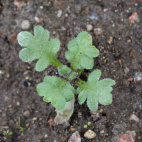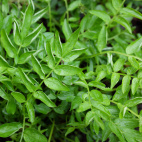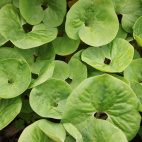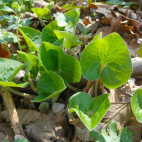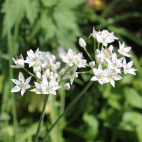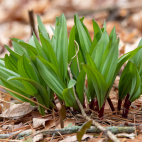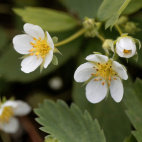Color
Availability
USDA Zone
Region
Type
Duration
Season
Germination
Soil
Sunlight
Height
Use
Narrow Your Search
Color
Availability
USDA Zone
Region
Type
Duration
Season
Germination
Soil
Sunlight
Height
Use
Wildflower Seeds - Southeast Region
The Southeast Region gets a lot of moisture and heat, better known as humidity. The warm Gulf waters provide a steady supply of moisture, and keeps it green for much of the year. Some areas experience cold and snow in the winter months, but it is usually pretty short-lived. If you live in this region, you can grow a lot of native wildflower seeds without too much trouble, but will need to watch out for species that can't handle too much heat or moisture. Also, some of the native species of the Midwest require a cold dormant season to complete their life cycle, so if you do not have enough chill hours, they might not grow well. Other than that, you have a lot of bulk flower seed packets available here, and can tailor them to your needs by filtering the results with the left-hand menu.
-
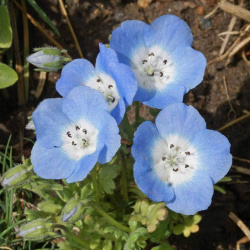 Baby Blue Eyes Seeds
Nemophila menziesii
Early spring brings this baby-blue annual to the foothills and grasslands of the western United States. Its petite habit makes it an excellent choice for massed plantings, containers, and borders.Quick View$2.98 Pkt - $9.35 / Oz
Baby Blue Eyes Seeds
Nemophila menziesii
Early spring brings this baby-blue annual to the foothills and grasslands of the western United States. Its petite habit makes it an excellent choice for massed plantings, containers, and borders.Quick View$2.98 Pkt - $9.35 / Oz -
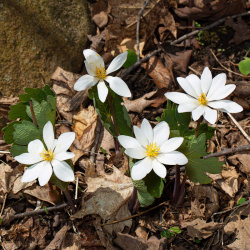 Store in the Fridge
Bloodroot Seeds
Sanguinaria canadensis
These white woodland beauties are one of the first ephemerals to emerge in the spring. This wildflower has been prized for many medicinal uses as well. The large-leaved foliage also makes an attractive woodland ground cover.Quick View$3.75 Pkt - $160.00 / Oz
Store in the Fridge
Bloodroot Seeds
Sanguinaria canadensis
These white woodland beauties are one of the first ephemerals to emerge in the spring. This wildflower has been prized for many medicinal uses as well. The large-leaved foliage also makes an attractive woodland ground cover.Quick View$3.75 Pkt - $160.00 / Oz -
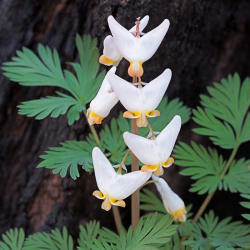 Store in the FridgeOut Of Stock
Dutchman's Breeches Seeds
Dicentra cucullaria
This delicate beauty blooms with the earliest of the spring flowers. Unusual in shape, the white blossoms resemble pantaloons hung out to dry. This perennial will take a few years to become established and bloom.Quick View$3.96 Pkt - $120.00 / Oz
Store in the FridgeOut Of Stock
Dutchman's Breeches Seeds
Dicentra cucullaria
This delicate beauty blooms with the earliest of the spring flowers. Unusual in shape, the white blossoms resemble pantaloons hung out to dry. This perennial will take a few years to become established and bloom.Quick View$3.96 Pkt - $120.00 / Oz -
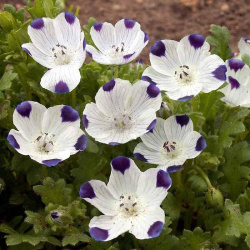 On Sale!
Five Spot Seeds
Nemophila maculata
Victorian ladies loved this western native plant for its unusual bicolor flowers and delicate foliage. Each bloom has five purple spots on the petals, and its sprawling habit makes it an excellent choice for massed plantings, hanging baskets, and borders.Quick View$3.48 Pkt - $7.92 / Oz
On Sale!
Five Spot Seeds
Nemophila maculata
Victorian ladies loved this western native plant for its unusual bicolor flowers and delicate foliage. Each bloom has five purple spots on the petals, and its sprawling habit makes it an excellent choice for massed plantings, hanging baskets, and borders.Quick View$3.48 Pkt - $7.92 / Oz -
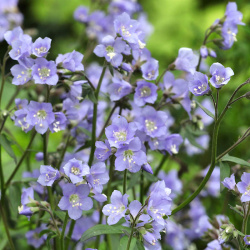 Out Of Stock
Jacob's Ladder Seeds
Polemonium reptans
Awake at the first hint of spring, these lovely native flowers provide an early pollen and nectar source for hungry pollinators. These perennials are woodland ephemerals, meaning they bloom before the leaves appear on the trees. The distinctive foliage resembles a ladder, but they do not grow very tall.Quick Viewx
Out Of Stock
Jacob's Ladder Seeds
Polemonium reptans
Awake at the first hint of spring, these lovely native flowers provide an early pollen and nectar source for hungry pollinators. These perennials are woodland ephemerals, meaning they bloom before the leaves appear on the trees. The distinctive foliage resembles a ladder, but they do not grow very tall.Quick ViewxJacob's Ladder Seeds
Polemonium reptans
Awake at the first hint of spring, these lovely native flowers provide an early pollen and nectar source for hungry pollinators. These perennials are woodland ephemerals, meaning they bloom before the leaves appear on the trees. The distinctive foliage resembles a ladder, but they do not grow very tall.
$3.75 Pkt - $120.00 / Oz -
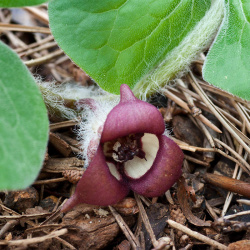 Store in the FridgeOut Of Stock
Wild Ginger Seeds
Asarum canadense
While the reddish-brown flowers are often overlooked, this pretty wild ginger plant is valued for its decorative foliage. It also makes an excellent low ground cover for shaded areas.Quick View$3.75 Pkt - $160.00 / Oz
Store in the FridgeOut Of Stock
Wild Ginger Seeds
Asarum canadense
While the reddish-brown flowers are often overlooked, this pretty wild ginger plant is valued for its decorative foliage. It also makes an excellent low ground cover for shaded areas.Quick View$3.75 Pkt - $160.00 / Oz -
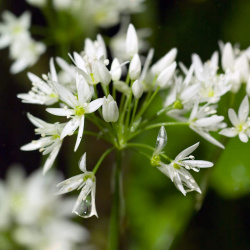 Store in the Fridge
Wild Leek Seeds
Allium tricoccum
Known as Ramps in the culinary world, leeks are considered a springtime delicacy. The mild bulbs have sweet onion-like flavor with a hint of garlic. It takes a few years of growing in a shady setting, but it is well worth the wait!Quick View$3.75 Pkt - $46.00 / Oz
Store in the Fridge
Wild Leek Seeds
Allium tricoccum
Known as Ramps in the culinary world, leeks are considered a springtime delicacy. The mild bulbs have sweet onion-like flavor with a hint of garlic. It takes a few years of growing in a shady setting, but it is well worth the wait!Quick View$3.75 Pkt - $46.00 / Oz -
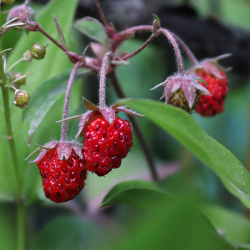 Wild Strawberry Seeds
Fragaria virginiana
Native to the United States, this plant bears tiny, wild strawberries. They are flavorful and sweet, albeit seedier than their cultivated cousins. Great for the homestead garden!Quick View$3.96 Pkt - $400.00 / Oz
Wild Strawberry Seeds
Fragaria virginiana
Native to the United States, this plant bears tiny, wild strawberries. They are flavorful and sweet, albeit seedier than their cultivated cousins. Great for the homestead garden!Quick View$3.96 Pkt - $400.00 / Oz
The Southeast Region gets a lot of moisture and heat, better known as humidity. The warm Gulf waters provide a steady supply of moisture, and keeps it green for much of the year. Some areas experience cold and snow in the winter months, but it is usually pretty short-lived. If you live in this region, you can grow a lot of native wildflower seeds without too much trouble, but will need to watch out for species that can't handle too much heat or moisture. Also, some of the native species of the Midwest require a cold dormant season to complete their life cycle, so if you do not have enough chill hours, they might not grow well. Other than that, you have a lot of bulk flower seed packets available here, and can tailor them to your needs by filtering the results with the left-hand menu.

